
Toledo, officially the City of Toledo, is a 3rd class component city in the province of Cebu, Philippines. According to the 2020 census, it has a population of 207,314 people.
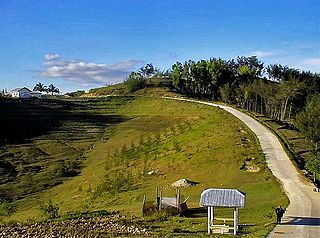
Alcoy, officially the Municipality of Alcoy, is a 5th class municipality in the province of Cebu, Philippines. According to the 2020 census, it has a population of 19,186 people.
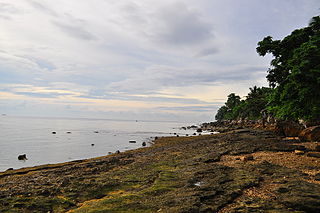
Catmon, officially the Municipality of Catmon, is a 4th class municipality in the province of Cebu, Philippines. According to the 2020 census, it has a population of 33,745 people.

Sibulan, officially the Municipality of Sibulan, is a second class municipality in the province of Negros Oriental, Philippines. According to the 2020 census, it has a population of 64,343 people.

Badian, officially the Municipality of Badian, is a 3rd class municipality in the province of Cebu, Philippines. According to the 2020 census, it has a population of 43,735 people.

Cordova, officially the Municipality of Cordova, is a 3rd class municipality in the province of Cebu, Philippines. According to the 2020 census, it has a population of 70,595 people.

Dumanjug, officially the Municipality of Dumanjug, is a 3rd class municipality in the province of Cebu, Philippines. According to the 2020 census, it has a population of 57,823 people.

Malabuyoc, officially the Municipality of Malabuyoc, is a 5th class municipality in the province of Cebu, Philippines. According to the 2020 census, it has a population of 19,770 people. Malabuyoc is situated in the southwestern coast of the island of Cebu and is 139 kilometres (86 mi) from Cebu City.

San Remigio, officially called the Municipality of San Remigio, is a 3rd class municipality in the province of Cebu, Philippines. According to the 2020 census, it has a population of 65,744 people.
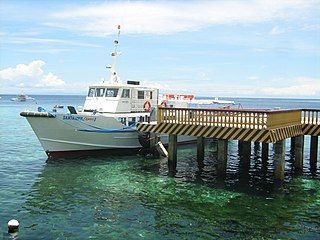
Santander, officially the Municipality of Santander, is a 4th class municipality in the province of Cebu, Philippines. According to the 2020 census, it has a population of 18,527 people.
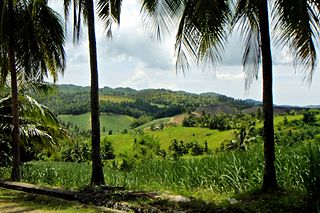
Sogod, officially the Municipality of Sogod, is a 4th class municipality in the province of Cebu, Philippines. According to the 2020 census, it has a population of 39,447 people.

Tabogon, officially the Municipality of Tabogon, is a 3rd class municipality in the province of Cebu, Philippines. According to the 2020 census, it has a population of 41,432 people.
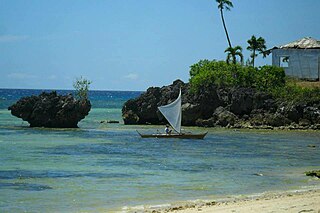
Tabuelan, officially the Municipality of Tabuelan, is a 4th class municipality in the province of Cebu, Philippines. According to the 2020 census, it has a population of 28,907 people.

Tuburan, officially the Municipality of Tuburan, is a 2nd class municipality in the province of Cebu, Philippines. According to the 2020 census, it has a population of 68,167 people.

Bien Unido, officially the Municipality of Bien Unido, is a 4th class municipality in the province of Bohol, Philippines. According to the 2020 census, it has a population of 26,666 people.
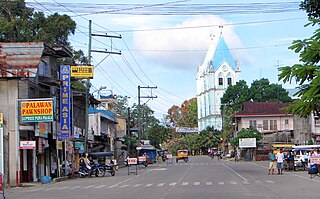
Calape, officially the Municipality of Calape, is a 3rd class municipality in the province of Bohol, Philippines. According to the 2020 census, it has a population of 33,079 people.

Malitbog, officially the Municipality of Malitbog, is a 4th class municipality in the province of Southern Leyte, Philippines. According to the 2020 census, it has a population of 23,256 people.

Bato, officially the Municipality of Bato, is a 4th class municipality in the province of Leyte, Philippines. According to the 2020 census, it has a population of 38,505 people.

Hilongos, officially the Municipality of Hilongos, is a 2nd class municipality in the province of Leyte, Philippines. According to the 2020 census, it has a population of 64,514 people.

Bogo, officially the City of Bogo, is a 6th class component city in the province of Cebu, Philippines. According to the 2020 census, it has a population of 88,867 people.























